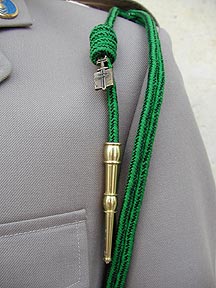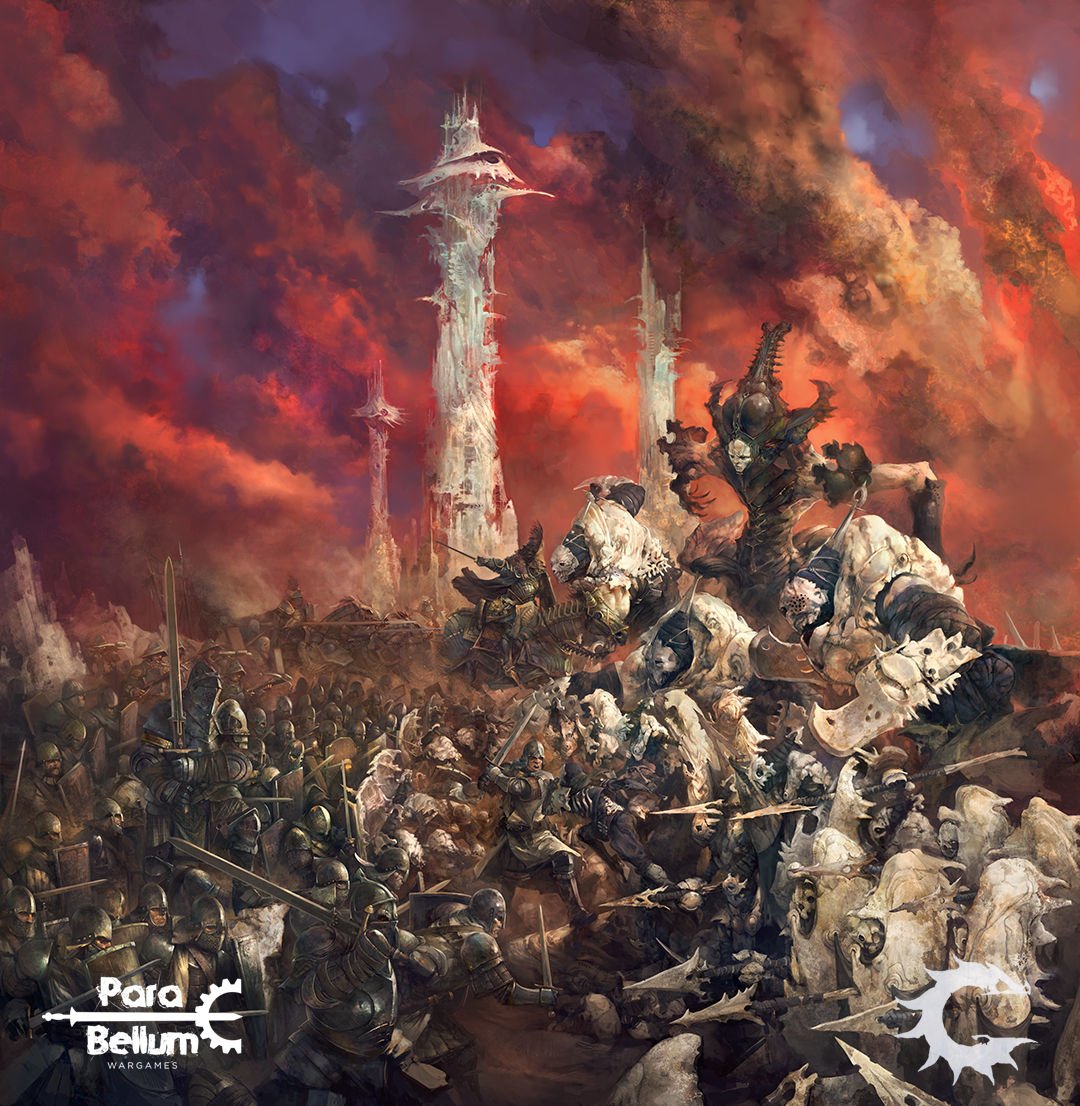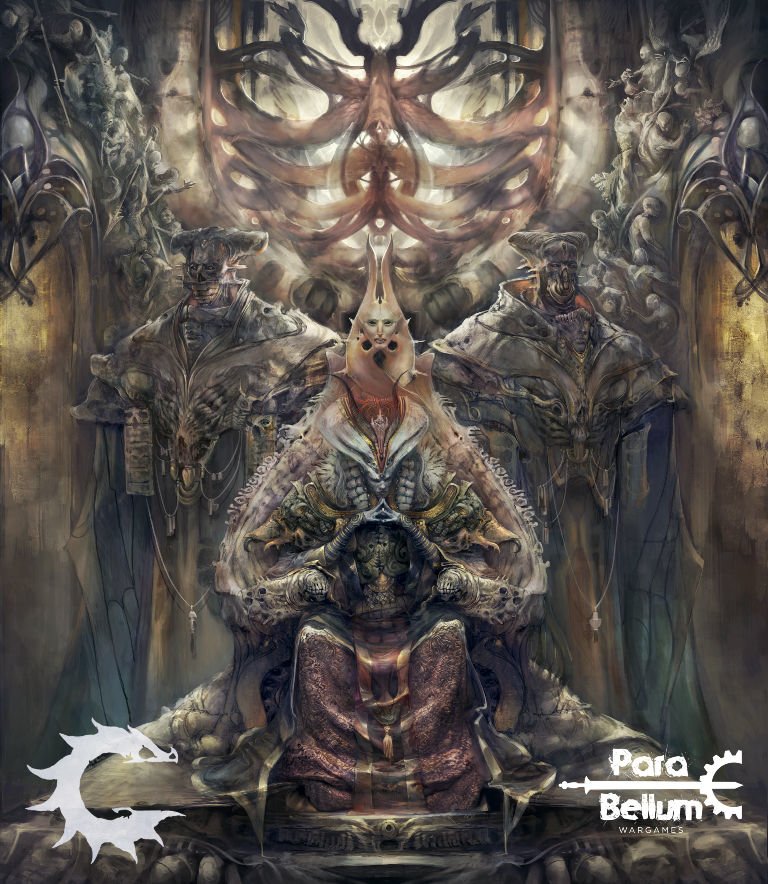A desire was expressed in conversation for more details of the world of Punth; Terrae Vertebrae. While the continent of Vertebrea is detailed in some of the earliest material on this blog, its neighbours - Punth excluded - have only been roughly sketched out. Following said chat, a few ideas occurred for at least one more exception.
****
Welcome, traveller, to the cities gathered in the League of Civic Etiquette. Welcome to thousand-celled markets and busy counting-houses. Welcome to courts where the fountain plays and libraries with the muted footfall of slipper-clad scholars. See the munificence of the prince and the receipts of the chancellor. Hear the call of the poet, the grunt of the wrestler and the questions of the metaphysician. Look closely for the woman with the hidden knives or the man with scroll-cases under his robe. Seek out traders in a hundred different goods and services, teachers of a hundred different faiths and disciplines - but keep an ear open for the news from the municipal herald or the decisions of the district magistrate.
To the west of Vertebrea across the Inner Sea, with its nearest portions at about the same latitude as the Imperium, is Near Rhakhia. The name Rhakhia, same as the modifier 'Near' derive from Vertebrean use. A well-travelled person or a scholar from Near Rhakhia might acknowledge the similarity between Rhakhia tongues, or the proximity of the states, or the forms of culture - but still think of themselves as a Cascaran or an Agogi.
Numerous states exist in Near Rhakhia, their interactions governed by the League of Civic Etiquette. The Faith of the Eight is prevalent but not dominant in Near Rhakhia. The two institutions are not unconnected.
The earliest tales of Rhakhian society - that is, stories involving rulers and people rather than the creation of man from clay, or fire, or the spittle of goats, or apes cursed with the hearts of lions and the tongues of serpents - describe only two offices of note beyond family heads and village headmen (not infrequently the same thing). These are literally translated from the dialects of Old Rhakhian as 'Judge-Chieftains' and 'Captains of the Host'.
The former was a single, supreme role within a region, granted (as those old stories actually collected and recorded tell it) to a wise householder with enough personal wealth to have the leisure to judge disputes and enough clout to enforce their pronouncements. The latter was a role gained by charisma and wealth sufficient to head a militia, and many Captains would reside in the region of one Judge. A Judge-Chieftain would not bear arms, even if they had once been a Captain of the Host. Neither role seems to have had a specifically religious function, and the presence of a specialised priestly caste varied from region to region.
Both roles diminish or transform in the histories as the cities of Rhakhia emerged from hillforts, river crossings and oases. Trade and agriculture brought a concentration of wealth and the production of oligarchies. Occasionally some potentate would gain enough prestige and might to make themselves a tyrant, but such rulers rarely lasted long enough to produce a dynasty.
The conquest of one city-state by another was rare, but not unknown. Far more prevalent was the economic subordination of one state by another, or the withering of fortunes in plague or famine, or alliance leading to one-sided hegemony.
Then across the sea in Vertebrea (somewhere) rose the Faith of the Eight, as the Sybil of the Rocks communicated her revelations. The man recorded by both the Manifest Rite and the Unified Rite as Confessor to the Rhakhians was St Euthydemus. The first convert he made was Gamilat, from then his constant companion - at least, as The Book from Across the Water gives it. There may have been converts to the faith in Near Rhakia before this, but their names have been lost to men.
Alongside oligarchs and cities had grown an administrative caste. Records in papyrus and clay attest to this, as do inscriptions and seals. Tyrants and the more unscrupulous oligarchs would when pressed use these as scapegoats: my decision was just, but the corrupt scribe altered it. The foolish clerk failed to record it. The petty magistrate was too wedded to protocol, and let that beast go unpunished. The corrupt vizier took the money for herself. The enemy bribed him. My advisor did not bring that to me. Our troops are loyal and strong, but went unfed and were thus defeated. Even where clerks escaped the wrath of a tyrant, the chances of mob violence or social ostracism and penury were high. Such purges may not have been regular, but had sufficient chilling reputation to slow or disrupt administrative work, including the licensing of trade and the gathering of taxes - which reduced the ability of the state, which led to more rulers seeking scapegoats. The historian Shabilat, writing two centuries after Euthydemus, records this practices as 'The Abuse of Viziers'.
Huldo was the cousin of Gamilat, and if not a vizier, had escaped just such an abuse to arrive in the port of Rabbelisotor, where Gamilat dwelt and Euthydemus had arrived. It is still, frustratingly, unknown if he was a convert to the Faith of the Eight. The Book from Across the Water gives his name only twice in lists of other people and such letters of Euthydemus that have survived refer only occasionally to Huldo. What does seem likely is that he was desperate, embittered and in want of friends. Bureaucrats and converts found common cause at this time: a foreign faith could be cursed and despised in the same fashion as a wicked, scheming functionary. Euthydemus, along with Gamilat is recorded as having fled a city in fear of his life at least twice. It may be supposed that Huldo was with them.
The years of this life that Huldo endured do not seem to have been ill-spent. When finally St Euthydemus gave the Sermon in Pharnaces that would establish the Faith of the Eight in Near Rhakhia, he used the burgeoning assembly of converts to circulate the text later called the Fount of Civic Etiquette. This was, in so many words, a plea for the end of the Abuse of Viziers - together with a series of suggestions to strengthen the work of administrators in service of rulers. The principles of broad flexibility, limitations to taxes and a series of suggested, predictable limits to policies (if never to rulers) were suggested as renewing the ancient roles of Judge-Chieftain and Captains of the Host. Demagogues would be replaced by statesman-teachers, despots by wise leaders. Religious tolerance would be the rule, exercised through a licensing system.
The Satrap of Pharnaces (a ruler in his own right, wherever the traditional title came from) endorsed not only the new Faith, but decided in time to try the new method. Even if Huldo is recorded as more of a dialogist than a rhetor, it is clear that the example of Euthydemus had been meaningful.
The revitalising effect on Pharnaces - be it through the busy new community of converts or the new codes of Civic Etiquette or smoother trade with coreligionists in Vertebrea - was obvious. The Cathedral of Euthydemus rose, as did Huldo's School of Civic Etiquette. The next decades would see the spread of the Faith, and the composition of the Codes of Civic Etiquette - along with several books of maxims.
****
If the Faith mimicked the provincial structure of the Nirvanite Imperium without taking on its full range of administrative functions, the League of Civic Etiquette grew to inhabit the functions of an empire without the drive of an Emperor. There was no single burning cause: just the unspoken request for predictable, orderly government. A ruler could be harsh, but harsh in a certain set of pre-arranged manners. Local weights and measures could never be standardised across Near Rhakhia, but a certain bracket of comparable units could be compiled.
Cities might be ruled by a Bashaw, or a Lord Protector, or a Prince, or a Nizam, or a Supreme Functionary. But they will be staffed by those schooled in the Civic Etiquette and taught at one of its academies - and sent far from home. Armies are led by local aristocrats and filled with the troops of the region, for those schooled in the Etiquette are nigh-on pacifistic; the highest paid mercenaries in the wartime are thus pioneers and quartermasters. In contemporary Rhakhia war is rare. Conspiracy is more usual than conflict and discreet, dedicated operatives do more than a host at the gates.
Unification of Near Rhakhia is nigh-impossible; federation highly unlikely. The simultaneous preservation of the cities and defusing of national and ideological tensions reduces most drives for this. Huldo is recorded as having said that were a reef in the Bay of Rabbelisotor to rise to the surface, and the crabs on it to gather in council, and appoint ministers and magistrates, they too could be admitted to the League. This was likely in jest; there are sufficient cultural peculiarities to Rhakhia that limit the League of Civic Etiquette - structures of inheritance and the choices of taxable goods and services.
Of course, the sheer weight of the League on the cities of Near Rhakhia has also brought its own set of cultural changes. A common tongue unites many of the city-states of the League, with many language barriers eroded down to dialects. If Etiquette-trained clerks are not constrained in the manner of a monk, the form of their education and displacement furnishes them with a certain approach to the world. Local aristocrats and elites actively develop forms of culture set against the League - flamboyant manners to set against the self-effacing servants of the Etiquette in their un-official non-uniforms. Great lavishly costumed performances compared with the word games and technical poetry of the Civic Etiquette. Aside from the sword-drill and manoeuvres expected of the governing class, shows of physical prowess in the pursuits of wrestling, horsemanship and falconry.
Another product of centuries of the League has been public works. The wealth of trade and the ease of communication has swelled coffers. Local rulers wish to differentiate their government from the codes of Civic Etiquette to which they are bound and will do so by financing and completing works above and beyond the requirements of the Etiquette. These shout their patron's status, by ornament or symbol or unique function.
Public baths, libraries, viaducts, avenues, plazas, observatories, study halls, fountain courts and ornamental well-houses crowd the cities of Near Rhakhia. These are unlike the self-consciously simple buildings associated with the Civic Etiquette - one could not speak of a single Rhakhian style of public architecture, but some of the most impressive features include palaces of many apartments, Solomonic columns, tiled surfaces (placing an emphasis on shape over colour; tiles interlock in numerous points or curve and drip in extravagant scallops), carved window screens, millefiori domes, gilded grid structures and numerous ornamental gardens.
Scholars flourish in the League, either falling into the patronage of a luxuriant elite or the smoothly furnished path of a student of the Etiquette. In either case, there is a desire for and satisfaction in innovation. Mathematics, music, poetry, logic and metaphysics abound. Public performances or expositions are popular events.
Defiance of the League can meet - and has met - with a number of penalties. An entire corps of civil servants can disappear from a city, most famously in the story of the Flight from Cascara. Every city under the League will have a thick-walled inn near one of the gates with a full stables, secretly (or not-so-secretly) belonging to the League. Anything that has even a whiff of the Abuse of Viziers may meet with work stoppages, barbed letters and infamy. A city that united fully against the League would be left to its own devices. The League plays the long game.
The fate of one trained in the Civic Etiquette who openly counsels against the Etiquette is unknown, but the fact that Schools of the Etiquette are kept particularly clean has been noted, though servants are never seen.
Diplomatic relations between the states of the League and nations around it are perfunctory. The business of the League is the League; a merchant may travel, but those learned in Civic Etiquette should remain in places where that Etiquette holds. The League rarely acts a single entity, preferring to respond as necessary to explain its internal processes to incomers.
Yet in the last years, several responses to the League have emerged. Banditry flourishes in the backcountry, between the jurisdictions of Rhakhian city-states. Unsatisfied young lords chafe at the restrictions of the Etiquette, proposing bold new theories of governance and modes of leadership. The Codes of Civic Etiquette have after all never been framed in explicitly ethical or religious terms - their breach could only ever be a venial sin. The toiling villagers of backwater Sanjaks long for some of the fruits of urban life and the balance of ethnic and religious rivalries, long carefully poised, might be tipped by mass migration or a wave of missions.
And there are always whispers of warlords, witch-kings and ethnarchs in Central Rhakhia that might finally be willing to cross the hill country and descend on the cities of the coast....







